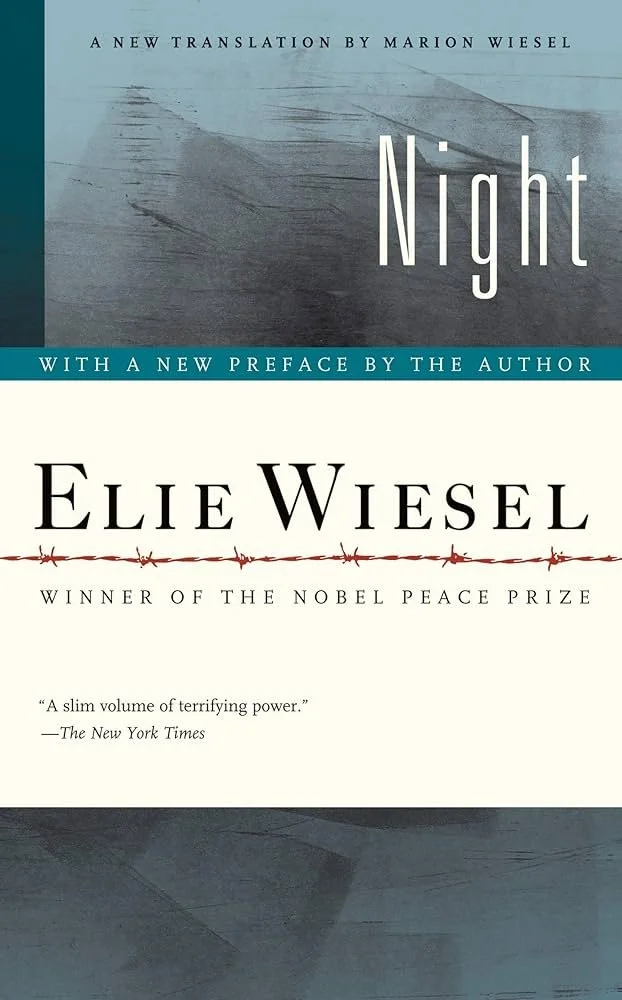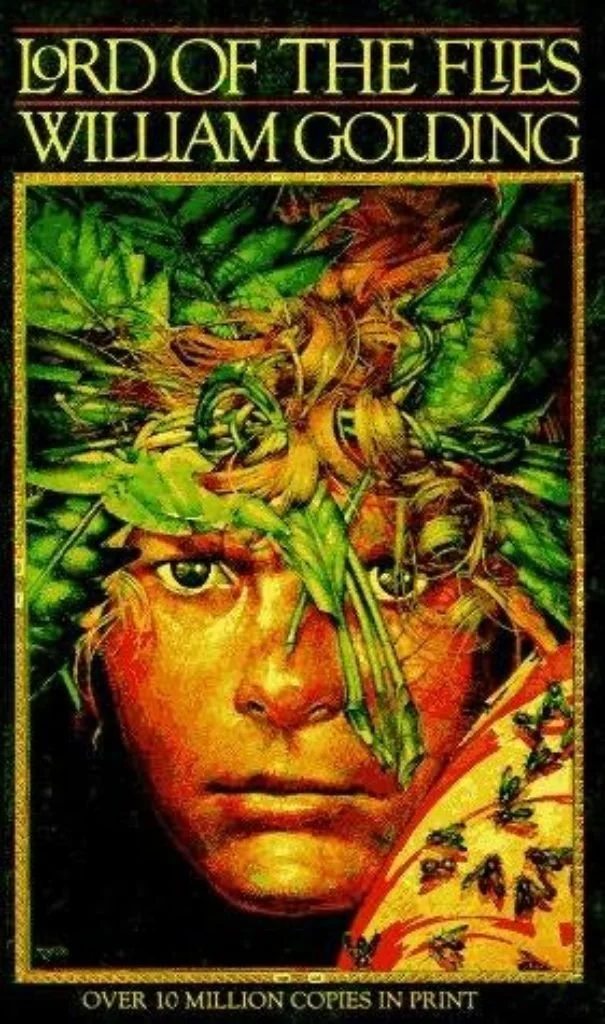Assessment Development
I meticulously craft engaging and equitable assessments, ensuring they align with learning objectives and meet diverse learner needs.
I believe firmly in formative and summative assessments’ power to provide the data necessary for gauging student understanding and progress during the learning process, providing valuable feedback on student comprehension, and identifying necessary adjustments to instruction and interventions to support student learning.
My Approach
I focus on writing assessments that are accessible, effective, and engaging. By incorporating research-based strategies and data-informed decision-making, I ensure that formative and summative assessments contribute to students' growth and success while capturing their interest and involvement in the learning process. In all of my assessments, I aim to:
Implement a balanced approach by creating formative and summative assessments to provide a holistic understanding of student progress.
Develop formative assessments to gauge ongoing student learning, allowing for timely adjustments to instruction and personalized support.
Design summative assessments that effectively measure overall student achievement and provide valuable insights for future curriculum enhancements.
Emphasize the importance of assessments as tools for both evaluating learning outcomes and informing instructional strategies
Create assessments that empower teachers to make data-informed decisions by providing comprehensive insights into student performance
Examples
This formative assessment was created for the newly-formed ELA 12 College and Career Writing/ Nonfiction class. In particular, this assessment appeared in our foundational rhetoric unit in which students focused on the craft of argumentation, including the study of rhetorical appeals and logical fallacies. My students had previously read Elie Wiesel’s Night in 10th grade, so the subject matter of the speech in this assessment would not be new to them and they would have solid background knowledge with which to keep in mind while reading and planning their essays. This speech was also chosen due to its ability to be applicable in today’s world, and text relevance is always a deciding factor for me when choosing texts.
This particular lesson used rhetorical analysis strategies that were already familiar to the students, but I also provided a rhetorical device reference sheet for support. After closely and critically reading the speech and completing the rhetorical analysis organizer, students were successfully able to complete an essay on the author’s purpose, effective strategies and devices, and the rhetorical effect on the audience. Though my students gained important critical thinking and writing skills from this activity, more importantly, they were able to internalize Wiesel’s warning of the dangers of indifference and apathy. See Assessment…
This summative assessment was created for a ninth-grade ELA class. In particular, this assessment appeared after having read both Of Mice and Men and To Kill a Mockingbird. In both of these units, my students completed character studies of both Lennie and Boo Radley, diving deeply into their personalities, appearances, and motivations. As one of the major skills for ELA9 writing was comparative analysis, I felt that doing a comparison essay between these two characters could be an excellent way for students to practice this form of writing.
This particular assessment used character analysis strategies that were already familiar to the students, but I wanted to ensure that all of my students would be able to succeed at this task. Therefore, I made sure to include a clear graphic organizer with models and other “helpful hints” that students could use as needed. The attached organizer is also formatted in such a way that if more scaffolding was needed, a teacher could easily modify it for a student according to their individual needs. After carefully comparing and contrasting the two characters, not only were students able to build their critical thinking skills and practice using evidence in their arguments, but they also were able to examine why Harper Lee and John Steinbeck decided to include these characters and determine what these authors were trying to tell us by creating them. See Assessment…
This summative assessment was created for a 12th-grade elective course called “Through the Looking Glass.” In this class, students read a variety of texts that aimed to have students learn to read critically through different lenses and perspectives. This particular assessment was created as a final project for our unit on The Kite Runner in which students focused on the novel’s major themes while also examining it through various critical lenses.
I chose to have students complete a multi-disciplinary project to assess not only their reading and writing abilities but also their speaking and listening skills. It also encouraged students to take ownership of their learning through delegation of tasks and small-group discussions. Though my students were already familiar with the concept of literary theory, this was a mixed-level class, and I knew some of my students would need more support, so I provided each group with a reference sheet for their assigned topic as well as suggested themes and quotes from the book.
After carefully examining The Kite Runner through different lenses, my students were able to understand what it meant to be able to read texts in multiple ways and consider alternative meanings and takeaways. I felt that as Seniors, they were about to enter the “real world” and being able to look at texts through “a looking glass” would be one of the most important skills that I could teach them. I wanted them to leave my classroom, and high school, with the ability to think critically, consider other perspectives, and be able to keep an open mind. See Assessment…
This pre-unit project was created as a means for introducing important concepts and situations while also building excitement and engagement for an upcoming 10th-grade unit on The Lord of the Flies. I didn’t just want this unit to be not just a deep dive into a classic text; I wanted it to also be an exploration of survival, human behavior, the human psyche, and a little foray into psychology as well.
The high school I was working at had access to a Maker Space, a place that provides hands-on, creative ways for students to design, experiment, and invent while engaging with a variety of recycled items, tools, and technology. I wanted to find a way to give my students an interdisciplinary experience while also allowing them to exercise their creativity and critical thinking skills.
For this project, students were asked to pretend that they, along with their classmates, were stranded on a remote island where they would be forced to find a way to survive until they were rescued (essentially the premise of the novel). My students were divided into groups and asked to design and create a “survival tool” that would help them stay alive using only the recycled materials in the Maker Space. Students were asked to consider what kinds of tools they would need to survive, and then they had to decide what kind of tool to make, brainstorm what that tool could look like or be made out of, and then make a diagram or blueprint of the tool and its functionality/ use. Students were then asked to work together as a team to actually “build” their tool and present it to the rest of the class.
After all of the groups presented, I asked the students to complete a reflection asking about their and their groupmates’ experiences during this activity. I had them consider: a) What challenges their group encountered during this project; b) what methods their group used to try and complete the task; c) what each person in the group was responsible for, if anyone emerged as a leader, and if so, how and why they took on this role; d) how the other groups treated their group and why; and finally, e) if, based on their own life experiences, observations, and the activity, they thought that humans are innately selfish or selfless.
I asked these questions not only to get a better idea of each group’s learning experience, but to also start to get the students thinking about some of the major thematic ideas of the novel: human nature, selfishness, leadership, and survival. I also wanted to prepare them for lessons on Maslow’s Hierarchy of Needs as well as Freud’s concepts of the Id, Ego, and Superego. This unit was going to be an intense one, and I wanted to have total buy-in from my students from the beginning. See Project…



